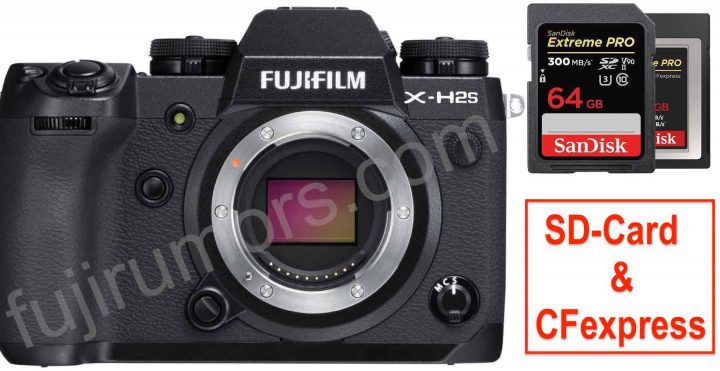It looks like Canon is finally intending to replace the 7DII, an 8 year old, pro-grade, niche APSC sports/action cam,era with an RF equivalent.
This is in a completely different class to the EF-M camera series, and has nothing to do with the discontinuation of the M6 MkII. There's no evidence yet to indicate the fate of the M platform, because there is no compact, entry level range of APSC camera bodies to replace them yet. At best we can say we don't know.
At least a 32MP R7 will stop the delusional thinking from R5 owners who think they can get more reach by using crop mode! It's called digital zoom on smartphones, and cropping in post-processing. What matters is 'pixels on duck', and cropping in camera or in post is just a crop, while a 'crop' sensor isn't cropping anything when at the same MP count, it's just using less of the projected imaged from the lens much like a tilt-shift lens does in shift mode, but is still using a whole sensor with smaller pixels, whose images, incidentally, can also be cropped. If cropping images taken with an APSC sensor was not possible, then maybe there might be an argument. Anyone care to guess what MP count on a full-frame would be needed to crop down to a 35MP image? Hint, it much more than double, because a 1.6x crop on the 45MP R5 yields only a 17MP image!

It will be interesting to see how well the RF macro lenses and the ultra telephoto lenses such as the 100-400mm f/5.6-8 (160-640mm f/9-12.8 f FF equiv.), 100-500mm f/4.5-7.1 (160-800mm f/7.2-11.4 FF equiv.), 600mm f/11 (960mm f/17.6 FF equiv.) and 800mm f/11 (1280mm f/17.6 FF equiv.) will perform on a new RF APSC body, and what the noise levels will be like at higher ISO settings. Will Canon used 'baked in' noise reduction in its RAW files, like it does in all the newer RF bodies, to produce less noisy images at higher ISO?


